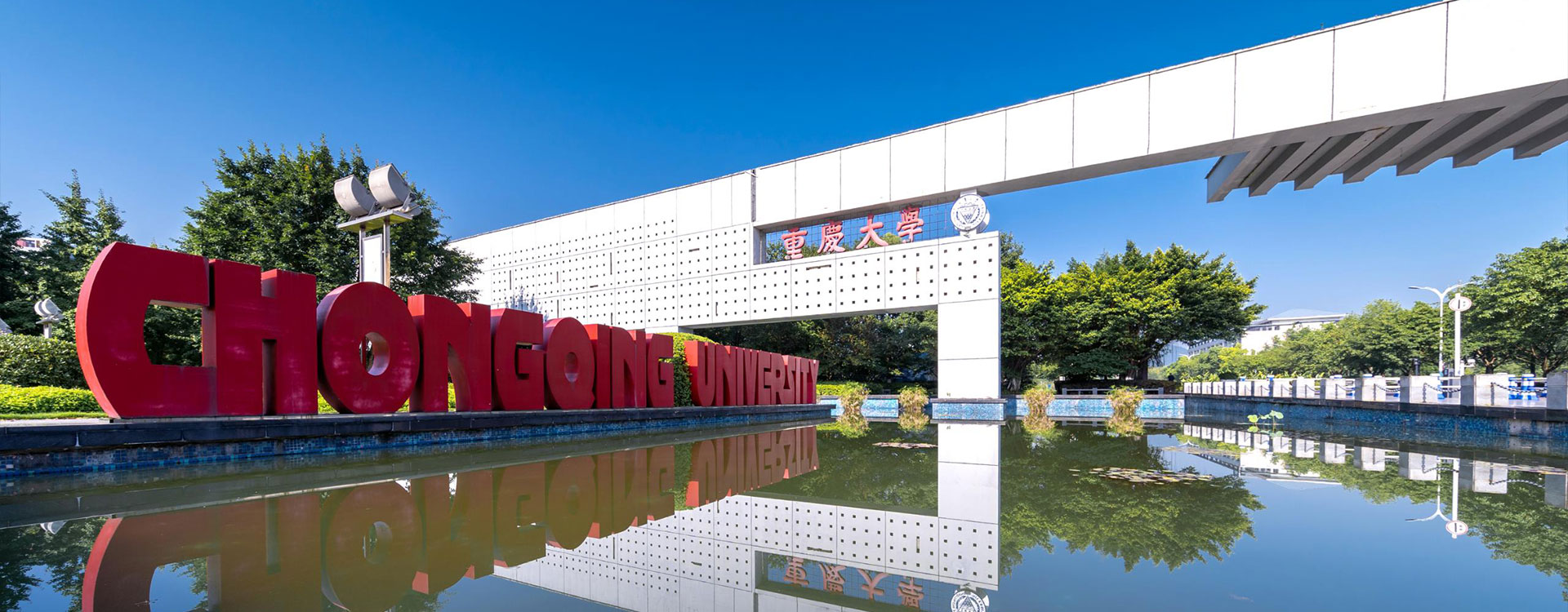
時間 : 2024年04月11日 09時30分
地點 : A區(qū)理科樓205會議室
主講人 : 王禹 教授
Liquid Composite Moulding (LCM) is a widely used technology in the manufacture of composite components. In LCM fibre reinforcement or preform is placed into a sealed mould and resin is injected through a gate in the mould to impregnate the reinforcement. There are several variations in application, such as resin transfer moulding (RTM) and vacuum assisted resin transfer moulding (VARTM). Numerical modelling of Liquid Composite Moulding (LCM) processes has undergone significant developments in the past decades. In recognition of the deficiency of continuum single-scale models for woven or stitched fibre reinforcements which consist of two distinctively scaled pore networks (the macro inter-tow-pore network and the micro intra-tow-pore network), advanced dual-scale modelling has become of more interest. The resin flow within the gaps between fibre tows (macro-scale or inter-tow) and that in the capillary channels inside fibre tows (micro-scale or intra-tow) have significantly different flow rates. Consequently, the two inconsistent flow in the mould results in the local regions of no full resin impregnation or voids left in the final products. The characteristics of unsaturated flow in LCM processes have been demonstrated in experiments showing a visible partially saturated liquid flow front, measurement of unsaturated permeability, and the ‘drooping’ of the inlet pressure under constant injection rates. A novel dual-scale models for LCM processes for woven fibre reinforcement was proposed, which adopts a physical unit-cell impregnation model to characterise the micro-scale flow in plain woven reinforcements. The unit-cell impregnation model later is implemented in a comprehensive continuum LCM model at the macroscopic mould scale to simulate the full LCM processes. Both modelling and experimental tests have proven the effectiveness of the modelling approach.
主講人簡介:
王禹,博士,英國索爾福德大學(xué)科學(xué)、工程與環(huán)境學(xué)院土木工程系準(zhǔn)教授(Reader),重慶巴渝學(xué)者講座教授(2016),在英國阿斯頓大學(xué)獲得博士學(xué)位,在英國布里斯托爾大學(xué)、倫敦帝國學(xué)院和普利茅斯大學(xué)進(jìn)行了數(shù)年的研究工作。于2007年在索爾福德大學(xué)被任命為英國研究理事會學(xué)術(shù)研究員。在鋼筋腐蝕、混凝土結(jié)構(gòu)耐久性、可持續(xù)綠色混凝土等學(xué)科和領(lǐng)域具有廣泛的興趣和國際影響的研究成果。在非飽和多孔材料的水力-物理本構(gòu)特性、多孔介質(zhì)滲流過程的分析方法和數(shù)值模擬,以及孔隙尺度和塊體尺度的流體-結(jié)構(gòu)相互作用等基礎(chǔ)科學(xué)做出了學(xué)術(shù)創(chuàng)新貢獻(xiàn)。發(fā)表100多篇學(xué)術(shù)論文,指導(dǎo)了8名博士研究生,并與英國、歐盟、中國、伊拉克、澳大利亞、巴西、美國和俄羅斯等國家的大學(xué)建立了廣泛的研究合作關(guān)系,領(lǐng)導(dǎo)并參與了歐盟“地平線2020”、英國皇家學(xué)會等許多由政府和工業(yè)界資助的研究項目。
編輯:曹蔚
責(zé)編:韋麗